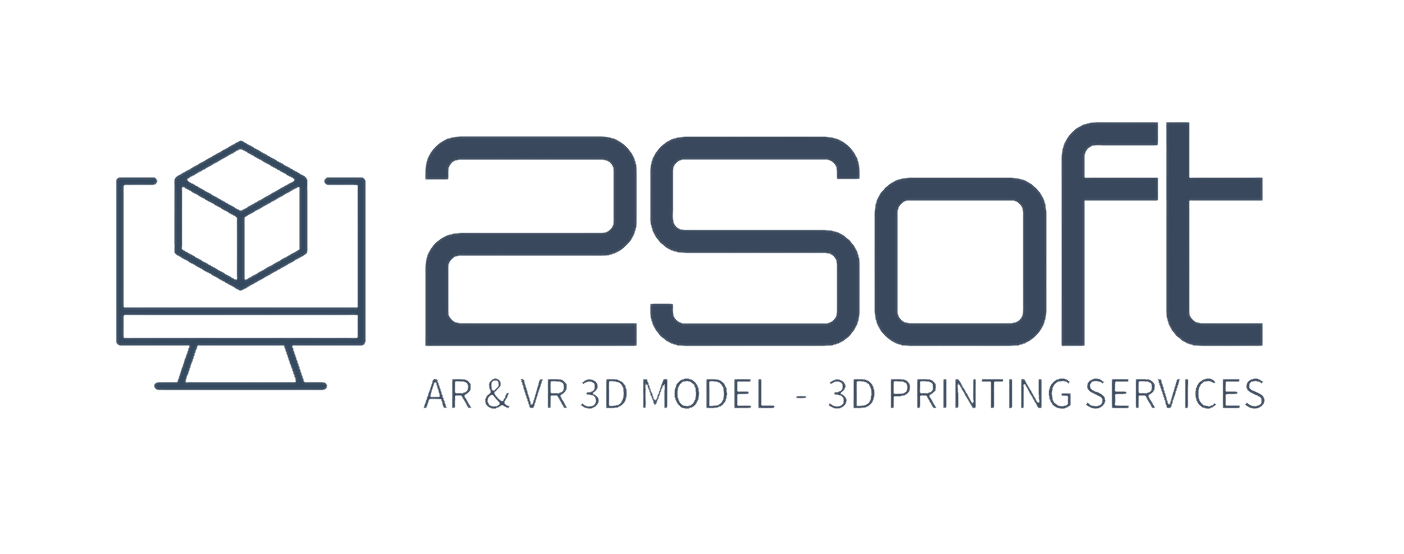
Why Are Low Polygon and High-quality 3D Models the Future?
Low polygon and high-quality 3D models are both significant in the evolving landscape of 3D graphics, each serving different purposes and fitting into various technological advancements. Here are several reasons why both types of models are considered crucial for the future:1. **Performance Efficiency** – **Low Polygon Models:** These models require less computational power, which is essential for real-time applications such as video games, augmented reality (AR), and virtual reality (VR). They can run smoothly on devices with limited hardware capabilities, allowing broader access to 3D experiences. – **High-Quality Models:** While they are resource-intensive, advancements in graphics technology (e.g., improved GPU capabilities and rendering techniques like LOD—Level of Detail—management) are making it possible to use high-quality models even in demanding environments.2. **Scalability and VR Integration** – Low polygon models facilitate easy scalability for different platforms, especially in mobile applications. Conversely, high-quality models enhance immersion in VR and AR experiences, where detail can significantly impact user engagement.3. **Animation and Game Development** – In game development, a combination of low polygon models for real-time interactions and high-quality models for cutscenes or marketing can help optimize both performance and aesthetic appeal. – Artists often use low poly models during the early stages of development to quickly prototype and iterate on designs before committing to high-resolution versions.4. **Asset Creation and Procedural Generation** – The popularity of procedural generation techniques in game development often relies on low polygon assets. This approach allows for the efficient creation of vast and varied landscapes that maintain performance while also delivering visually appealing content. – High-quality models are often used in pre-rendered content, high-end animation films, and applications where detail is paramount.5. **Compatibility with AI and Machine Learning** – Low polygon models are easier to manipulate and analyze for machine learning applications. AI can efficiently process and learn from these simpler models, which can then be used in training more complex models. – High-quality models are increasingly being enhanced and created using AI technologies, leading to new workflows and efficiencies in 3D asset creation.6. **Real-Time Rendering Improvements** – Technologies such as ray tracing and advanced shading techniques improve the rendering quality of high-polygon models in real-time, merging the demand for visuals with performance. – Game engines and rendering software are continuously progressing, allowing for high-quality visuals without compromising overall performance.7. **Cross-Platform Development** – As cross-platform gaming and applications become more prevalent, low polygon models ensure a consistent experience across devices, while high-quality models cater to next-gen consoles and high-end PCs.8. **Economic Considerations** – For indie developers and smaller studios, low polygon assets can reduce production costs and time. High-quality models often require more resources and expertise, making low polygon modeling a viable option for budget-conscious developers. Conclusion ( Why Are Low Polygon and High-quality 3D Models the Future? ) In summary, the future of 3D modeling lies in the strategic use of both low polygon and high-quality models. They complement each other and serve distinct yet overlapping purposes across various industries such as gaming, film, augmented and virtual reality, and simulation. As technology continues to advance, the integration of both types will facilitate more immersive, efficient, and versatile 3D experiences.Related Services
Looking to bring your products to life with AR? Explore our AR 3D Modeling Services and see how we can help transform your business with augmented reality solutions.

